Making the Stations of the Cross


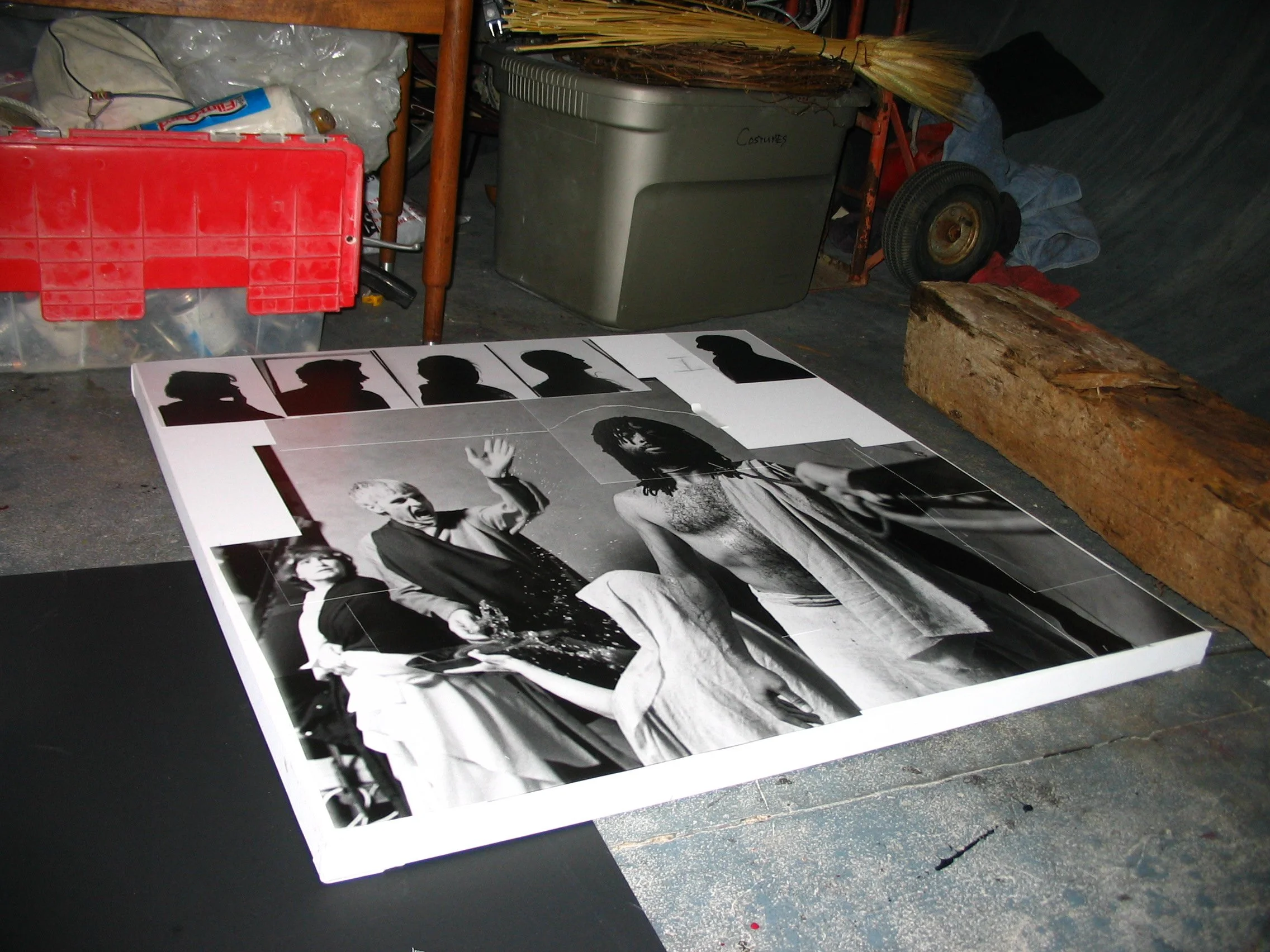
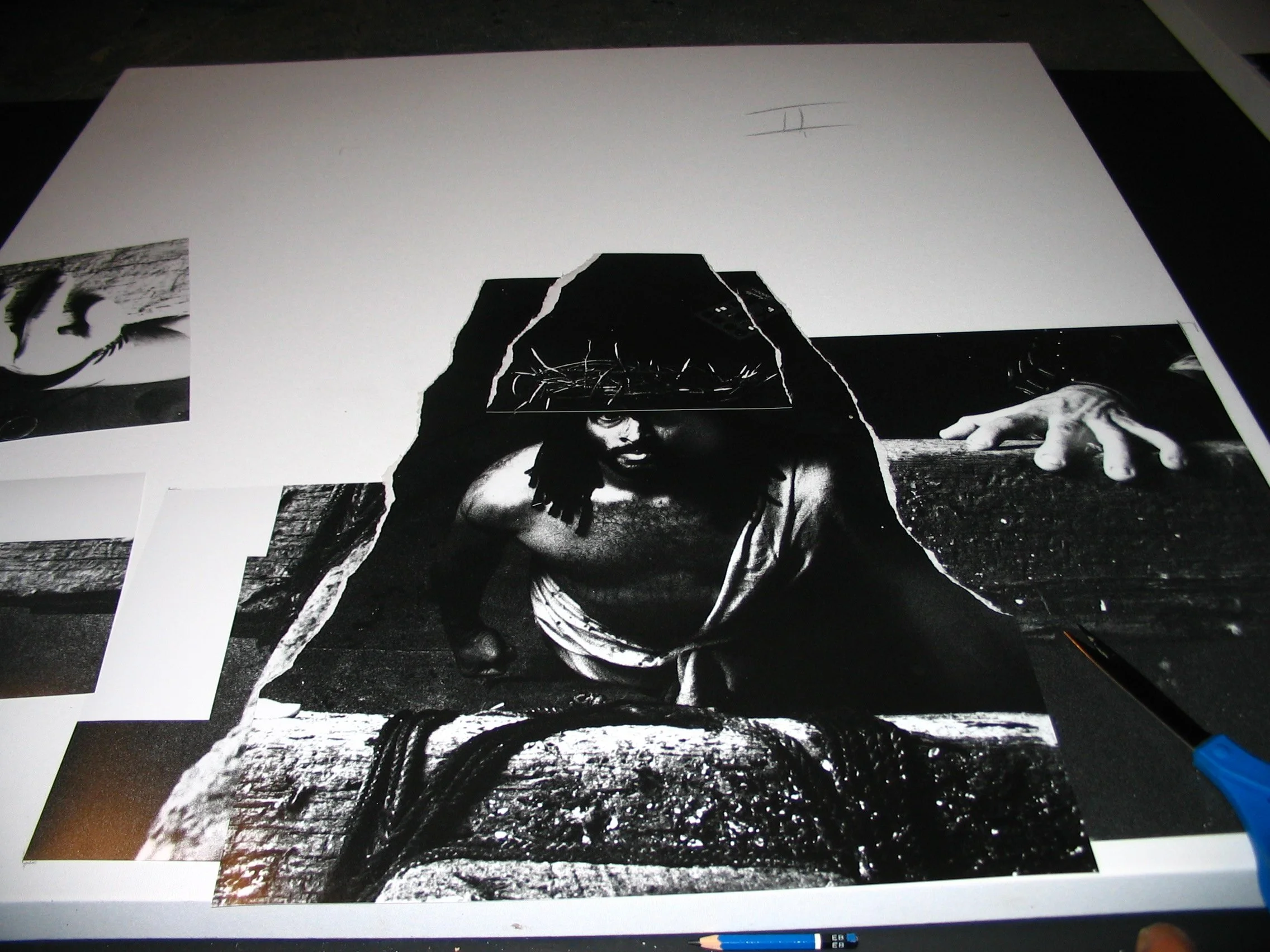
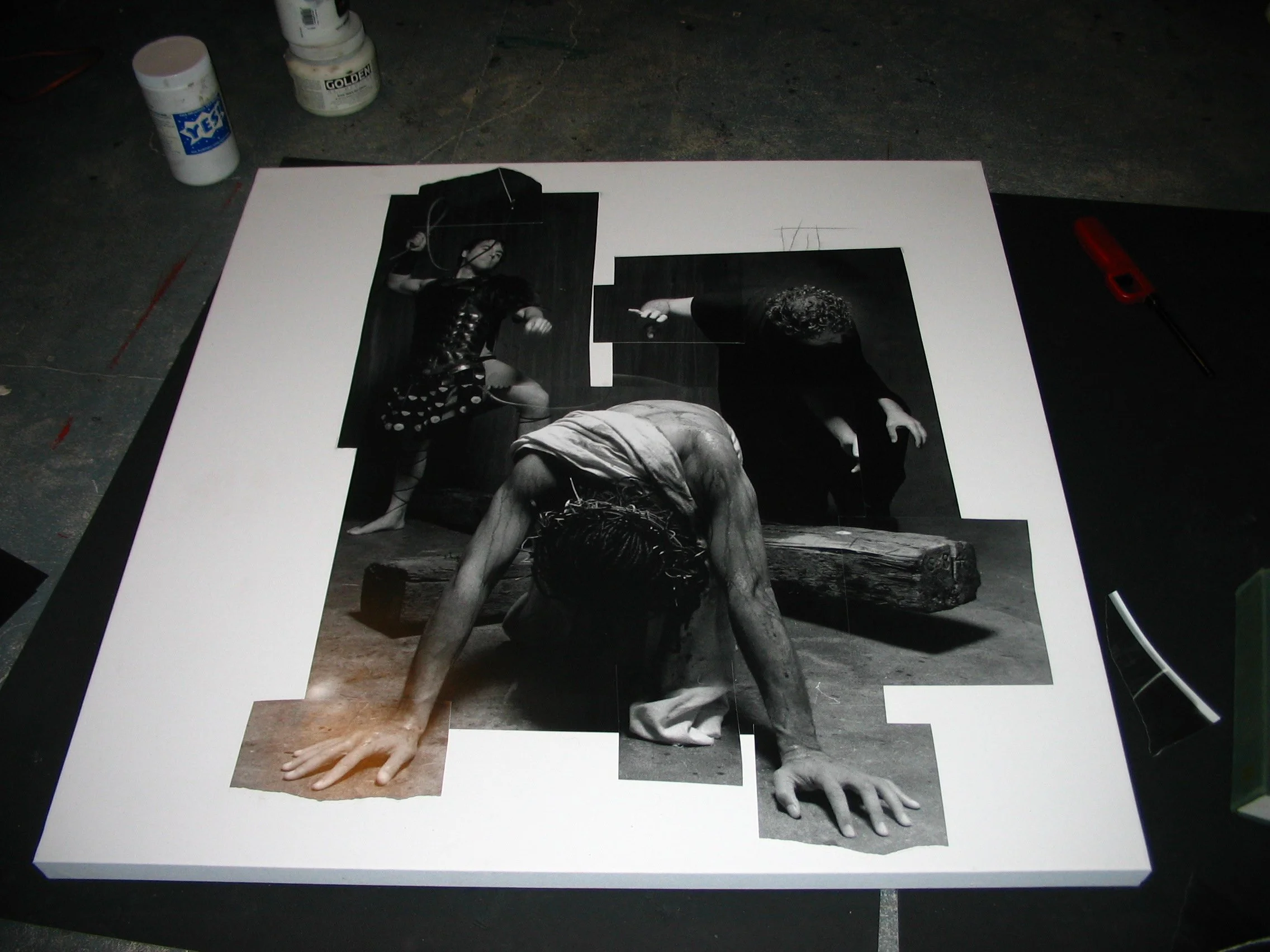
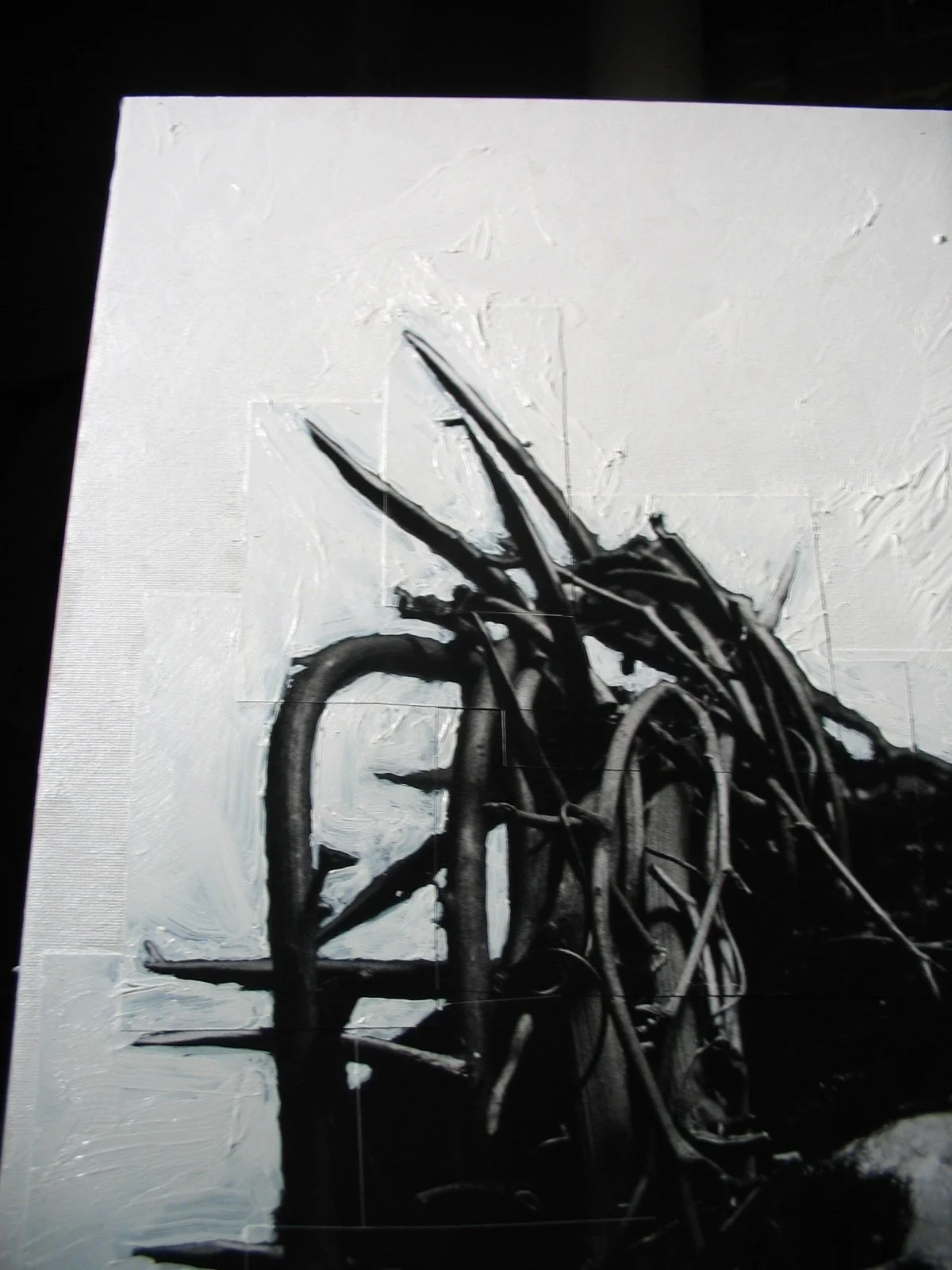






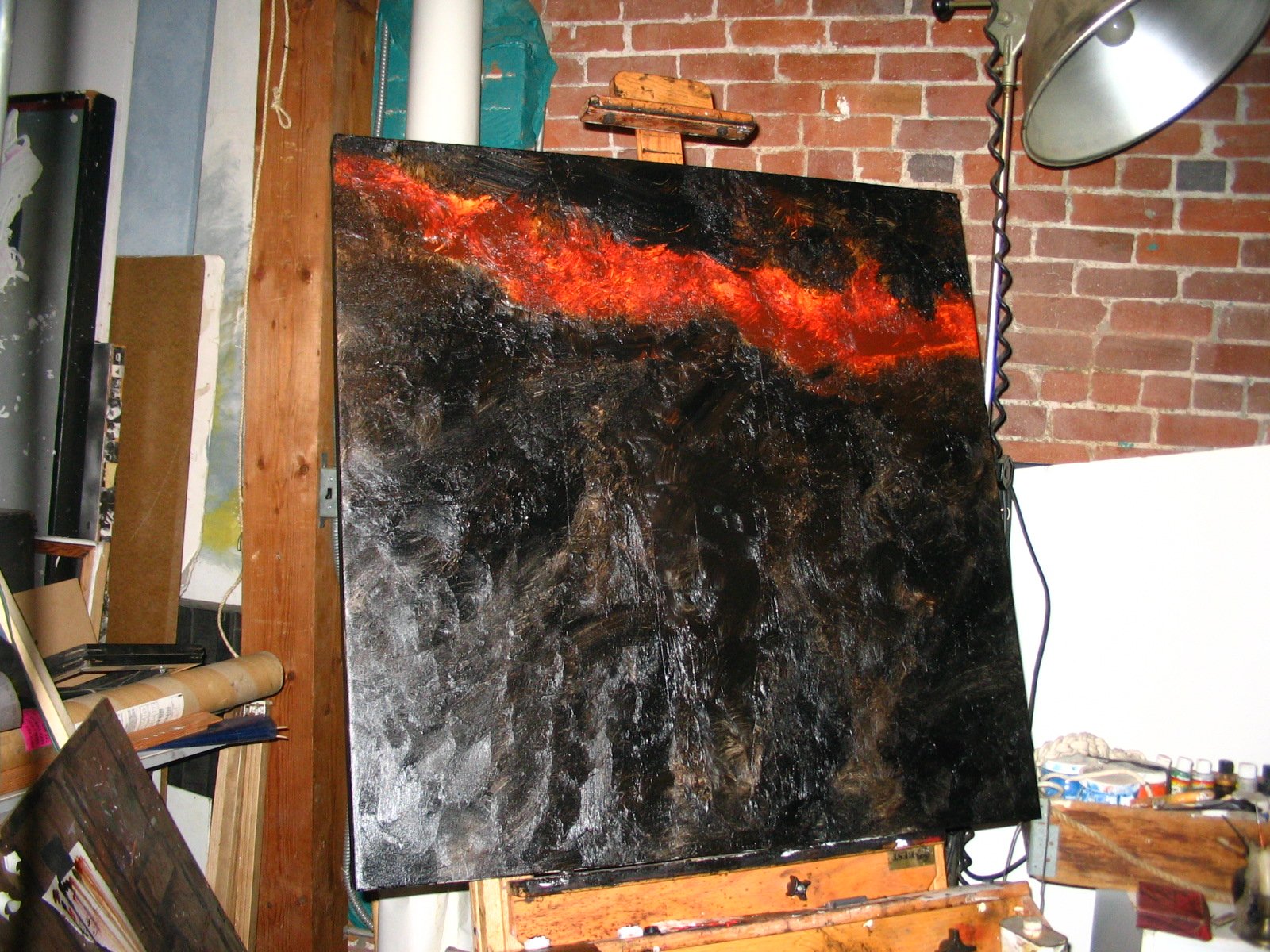
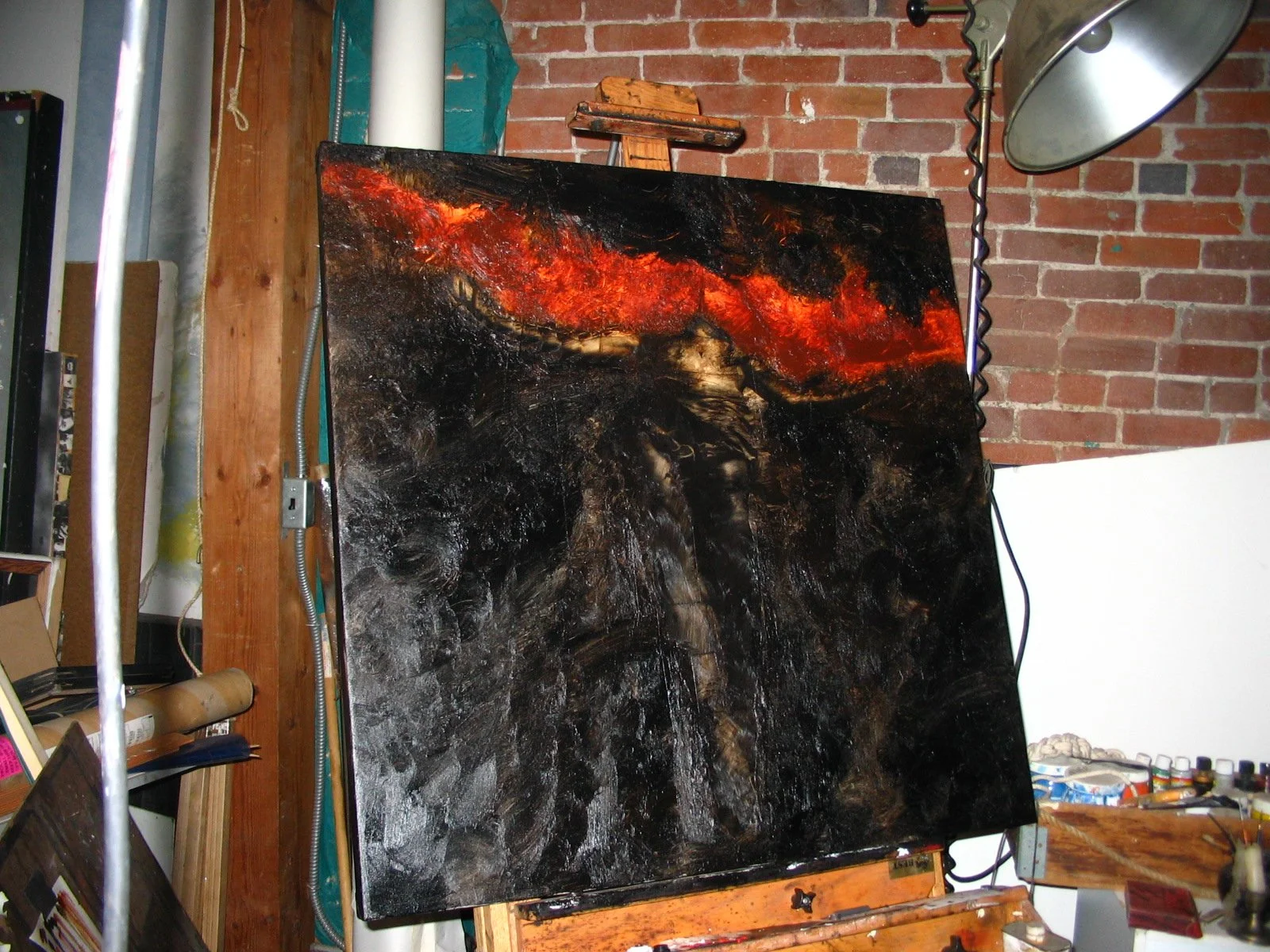

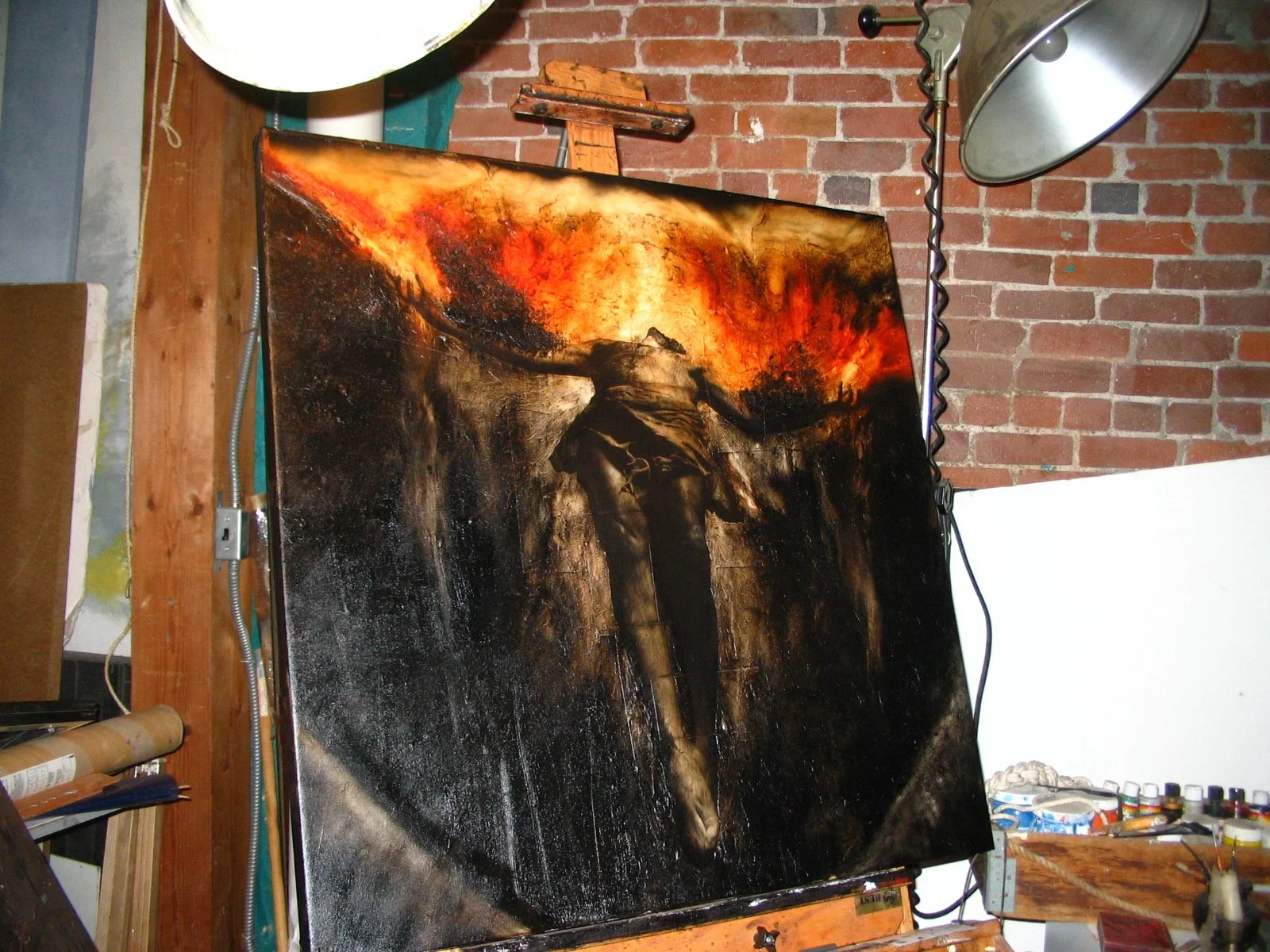
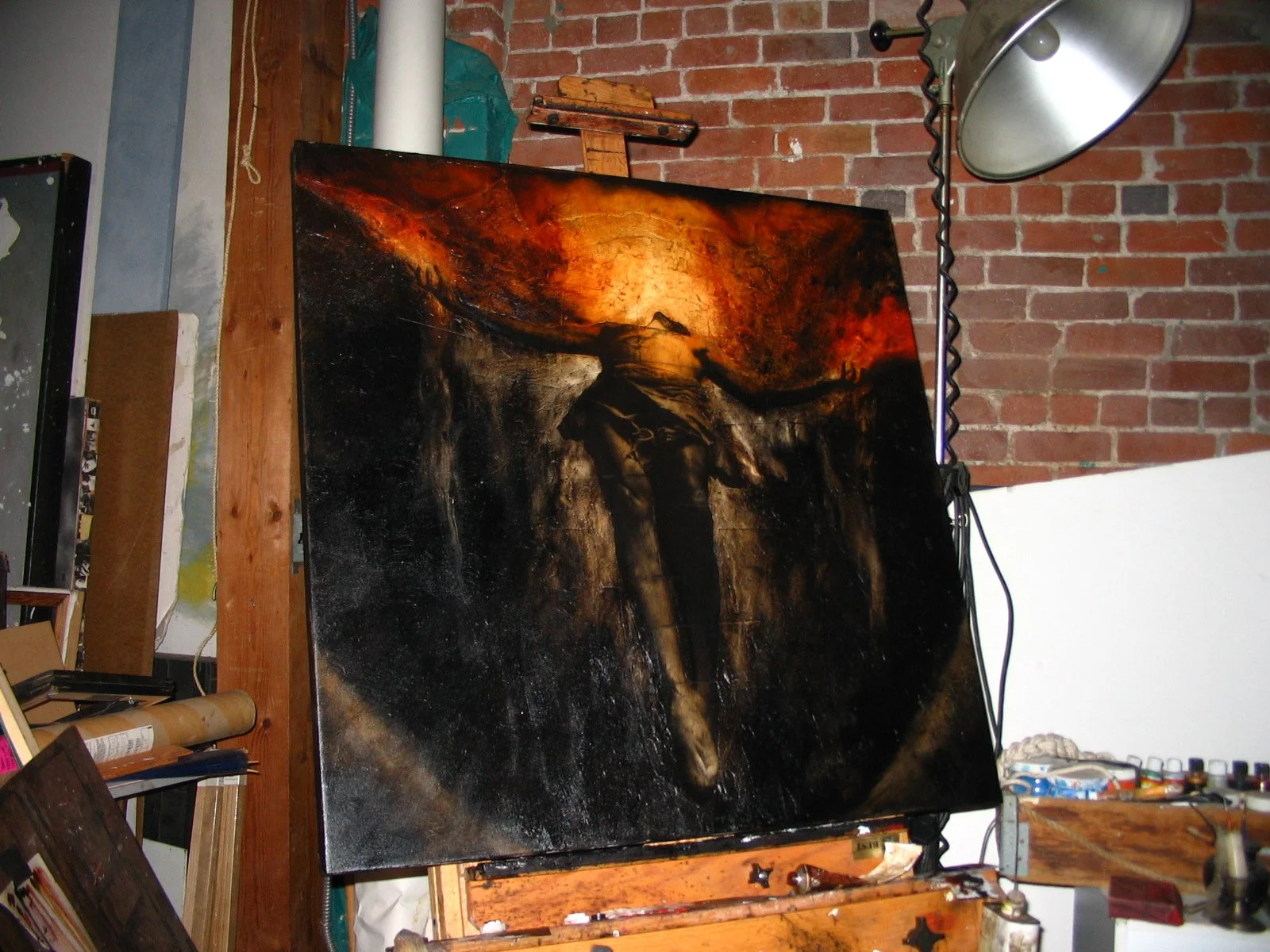
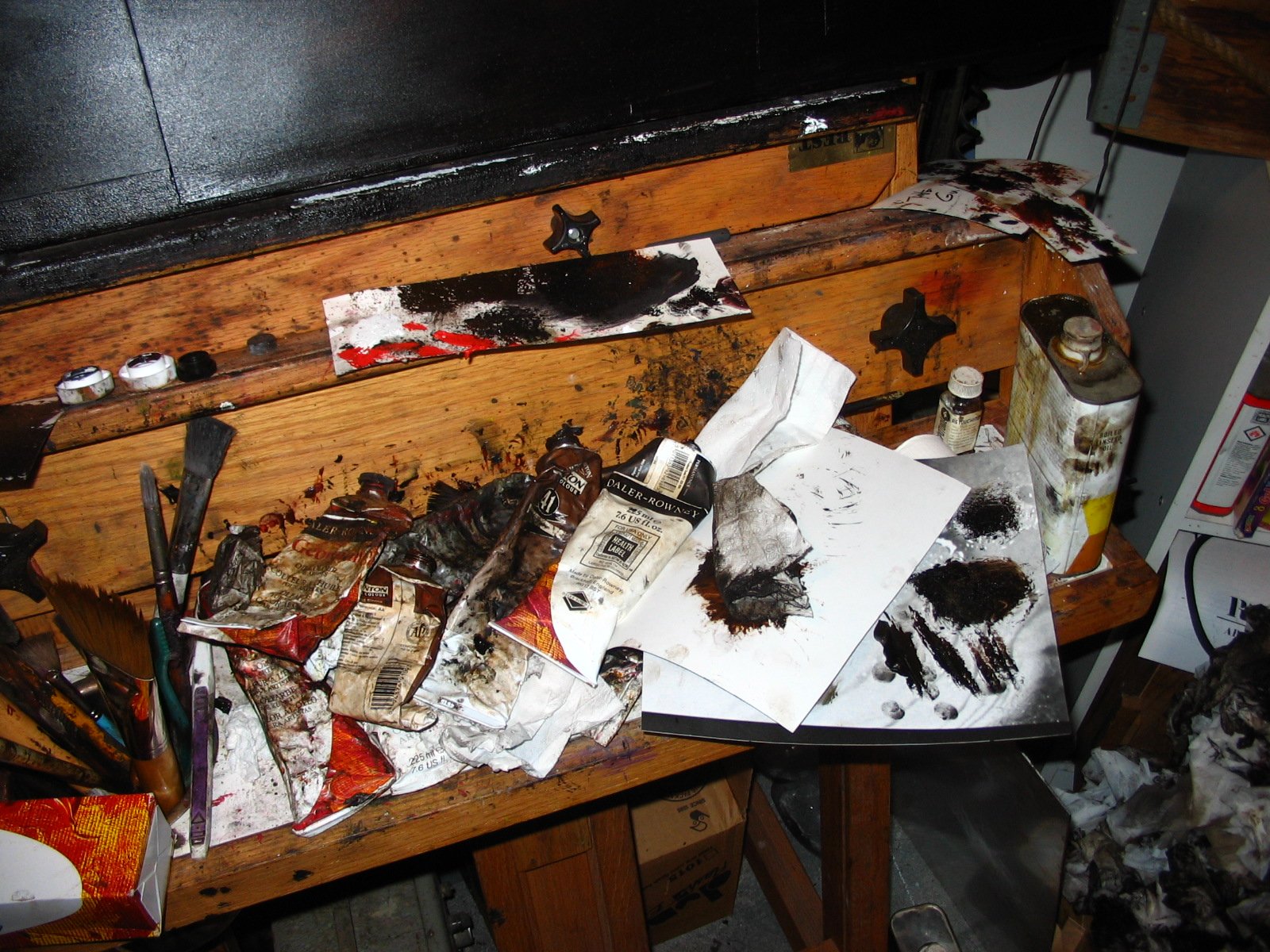
Making the Stations of the Cross
With the canvases stretched and the film developed, printing and bonding the images to the canvas began in mid-March, 2005. This was the most difficult and time consuming part of the process. It’s when what was previously conceptual now became real. I was now working eighteen hour days, every day until dawn, because I had no other choice. The series had to be completed by April 4th in order to be shipped to the conference.
Each Station was printed in multiple sections on different pieces of photographic paper for a variety or reasons both practical and expressive. In the practical sense, there was no way for me to develop a 36”x36” print. The maximum size was 16”x20" and on top of that, most of the Stations required elements of different shots to be integrated in. On the expressive end, the fragmenting of the images created focus and gave me the opportunity to work in hidden symbolism. All of the Stations have a “Trinity” of three conjoining squares somewhere in the composition. Archways were included to symbolize “us” into the scene as if we were witnesses from some hidden balcony. I established this in Station One with the “Gallery of Witnesses” at the top.
Once the gluing was complete, then came the under-painting where all the backgrounds were painted out leaving a pure white starting point. This came with its own challenges because there was now nothing else there save the base image. This left many images, such as Jesus falling, free floating in a white vacuum where there was no “ground” to be tethered to. So that all had to be created. For a traditionally trained painter this would have been simple, but I’m not a trained painter and to be honest, I didn’t know what I was doing. But I had five days to figure it out for that’s all the time I had. I had to complete three Stations a day in order to make the deadline.
The technique I employ is called “OilGraphing” which is a term I coined for lack of a better descriptive. Essentially, it’s a reduction process where oil paint covers the entire photographic image and is then removed, added to, removed again, blended, etc. until the piece is done. Once the oil paint goes on, I only have about three hours to finish before the paint begins to dry. It is not a neat nor orderly process, nor is it something I feel I am entirely in control of. Shapes and objects appear that I didn’t intentionally place there, almost like a Rorschach drawing that often times I don’t see until the work is done. In the end, I am just a witness like anyone else.
I do not know the ends from the beginning and every work is an act of faith and discovery. The piece itself has its own voice and where it wishes to go and my only job is to usher it to that end. I am almost always surprised by the final piece, and with this series, especially so. So much so that I don’t feel that they are entirely “mine.”
More on the technique can be found HERE.
